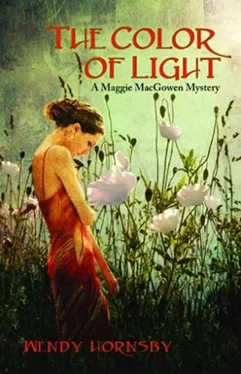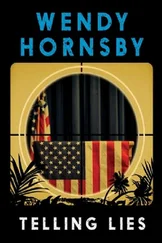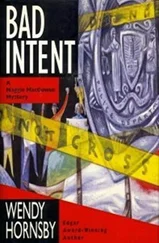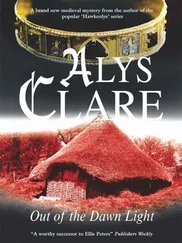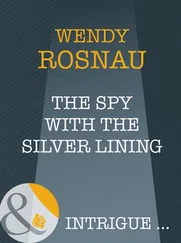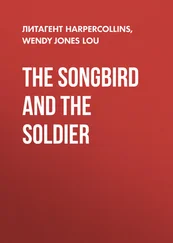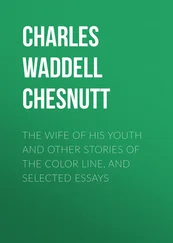When Chief Wasick asked me the inevitable question about making a film about Mrs. B’s murder, I’d almost said, “My dad already made all the film that needs to be made on that subject.” But it would have been a flip comment from an exhausted interviewee, so I kept the thought to myself.
Eight months ago, when I found out about Isabelle, I said that I would never make a film about discovering the truth about my parentage. Too close, too personal, potentially too hurtful to people I love. But, in two weeks I was leaving for France to make a film about Isabelle’s family and their farm estate in Normandy. It won’t be a film about discovering Isabelle, but she, and my dear dad’s infidelity with her, cannot be ignored. Given time, I might find an angle to the Bartolini case that would make a good film subject. I wasn’t taking bets on that film ever happening, but I began to think about the little collection of Super 8 movies I found locked in Dad’s desk just the same.
There were twelve film reels hidden in Dad’s desk. Because they were locked in a strongbox, out of curiosity on the afternoon I found them, I went straight to the local network affiliate’s studio and spent a few hours converting the Super 8 reels to digital format. I’d wanted to know why these few, out of the hundreds of reels Dad shot over the years, were hidden away. More secret mischief, Dad? I wondered when I began screening them. The first time I spotted Isabelle, I knew Dad was recording Isabelle’s violations of the restraining order against her.
I had been shown photographs of Isabelle and had met her once, briefly, but I was fascinated when I first saw her on film and was able to see the way she walked and gestured and canted her head to one side coquettishly whenever she caught sight of Dad. After that first glimpse of her, I had fast-forwarded through all the other parts of all the films looking only for her. But when I came across the fight between our little neighborhood gang and Larry Nordquist and his toughs, I stopped scanning for Isabelle and bore down on that scene, that day. The fight was a like a crease in the map of time, a demarcation between life before, and life after, Beto’s mother died. I pushed Isabelle aside and studied that reel frame by frame. For the last few days, I’d intended to go back through the other reels to see what I might have missed, but there had been so little time and so few private hours.
Up at the top of the street, above Grizzly Peak, the sky was beginning to brighten. Full of expectation, cocooned in my corner of the porch, I opened the computer and began watching the old home movies, one at a time. The dates on the reel headers were the dates the films originally were processed, not the dates they were shot. Estimating time frame by my hair, clothes, and body development, I didn’t bother watching films that were dated more than a year before or a year after Mrs. B died. That left me with four reels. Of the four, the third reel was the closest to the day Mrs. Bartolini died.
I’m standing on the sidewalk with Sunny Loper. Dad is obviously inside the house, shooting through the window on the front door. The two girls who live up the hill come into the frame, and we join them. I’m wearing the same red high-tops I wore in the fight reel, but they are not yet as scuffed as they were on that day. How long do a kid’s canvas shoes last? Considering all the walking we did and the way we played, they probably wouldn’t last more than a few months.
Dad scans potential hiding places for Isabelle before he catches up to us again. When he does, there are seven of us. The Bay Laundry and Dry Cleaners van stops in front of the Miller house, so it’s probably Thursday, the regular delivery day for our neighborhood. A white-haired driver hops out carrying a blue-paper-wrapped bundle and hangers with plastic-sheathed dress shirts. He knocks on the front door, hands off his cleaning, and is back in his van headed up the street in the time it takes Evie Miller to come down her front steps, cross the street and join us. Around the curve, Mrs. B waits in front of her house with Beto. She’s wearing a pink pullover and a gray pleated skirt. Mr. Loper drives past in his green Volvo and waves. Lacy and Dorrie Riley come out their front door, turn and speak to someone inside, the door closes. They cross the street, greet Beto and his mom, and wait for us.
Dad steps into someone’s yard and films us through a gap in some kind of foliage. Mrs. B clings to Beto a bit longer than usual before she kisses him and releases him when the rest of us arrive. She stands on her driveway, watching us walk away. The camera jerks to the right, catches Larry Nordquist following us at a distance. Larry passes Mrs. B without greeting her; she is intent on our retreating backs.
The image becomes a slurry of blurred colors as Dad runs while the camera continues filming. When the focus is steady again, Dad has crossed the street. When he walks past the Bartolinis’ driveway, Mrs. B is gone. Isabelle, back toward the camera, emerges from behind a hedge and sets off in our direction. Suddenly she stops, turns, pauses for only a moment, and then she begins to run away. Dad follows her until she turns up a side street, no longer following us. The camera is still running when Dad takes it down from his eye. The neighborhood is now upside down as Mrs. B walks up a neighbor’s front steps. The door opens and she goes inside.
“Bastard,” I said. I reversed the film to the frame just before the door opens and flipped it right side up. I enlarged the image of the door as much as I could without losing the integrity of the image, and ran the sequence forward in slow motion. The door opens, someone can be seen standing there. I froze the image of the figure in the door, brightened it, enlarged it one more click, captured it and sent it to Guido with a request to enhance the image as much as he could and send it back.
I looked up when I heard the Lopers’ back door open, the soft clang of a trashcan lid, and the door close again.
“I think, from the look on your face, chérie , that something is up.” Jean-Paul was perched on the porch rail, watching me. “Should I worry?”
“Possibly.” I gestured for him to come closer. “Look at this.”
I ran the film sequence again. When he saw Mrs. B go into the house, he nodded.
“I see,” he said. “You think she is not going in for a visit and coffee, yes?”
“Yes.” I turned off the computer. “Do you think it’s too early to call on the neighbors?”
“In what time zone are these neighbors?”
I pointed to the Loper house next door. He smiled his upside-down smile and held out his hand to help me up. Before we went next door, we went inside to tell Chief Wasick why I wanted to go see the Lopers. I started at the beginning, with Dad’s film, and told him about Larry’s history of spying on the neighbors and his recent mission to make amends, the extortion of Trinh Bartolini for both money and sex and that Larry saw her with another man. He winced when I brought up Lacy Riley Halloran shooting at us on the freeway Saturday.
“You think all of that-any of that-has some bearing on what happened here last night?”
“I do. Let me show you something.” I opened my computer to the sequence I had shown Jean-Paul. As Mrs. B walks across the street, I froze the image and asked him, “Do you know who that is?”
He took a close look and shook his head. “Should I?”
“That’s Trinh Bartolini.”
“I only know the case in broad outlines,” he said. “Kevin’s been working on it, but I’m not up to speed on the details. That’s her, huh?”
“Yes.” I restarted the sequence. When the neighbor’s front door opens, I froze and enlarged the frame. “Now, do you recognize him ?”
Читать дальше
